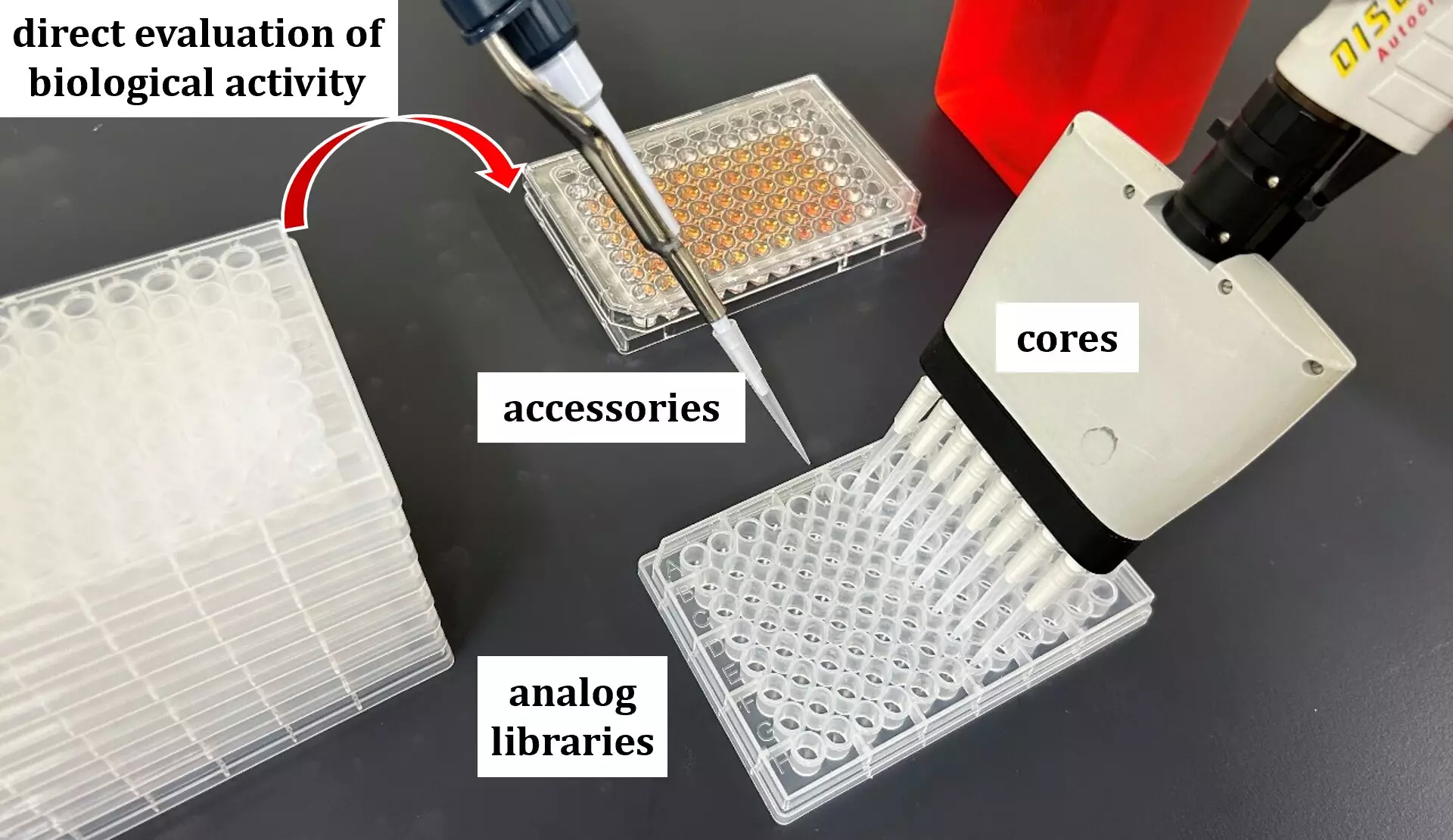In recent years, the global health community has sounded alarm bells regarding the evolution of drug-resistant bacteria, known scientifically as antimicrobial resistance (AMR). This insidious phenomenon is wreaking havoc within healthcare systems, rendering commonly used antibiotics ineffective against a growing array of infections. As clinicians increasingly grapple with the challenge of treating patients, the urgency for new antimicrobial agents has never been more pressing. Researchers are on a relentless hunt for viable solutions, and a novel strategy developed by scientists at Hokkaido University marks a significant step forward.
Revolutionizing Drug Discovery Methodologies
Led by Assistant Professor Kazuki Yamamoto and an esteemed team including Professor Satoshi Ichikawa, the research brings forth a pioneering approach in the search for new antimicrobial drugs. This approach, termed the “in situ build-up library method,” integrates a synthesis of natural product derivatives with direct evaluations of biological activity. This innovation is not merely a marginal improvement in methodology; it represents a paradigm shift in how researchers can discover new antimicrobial agents. Historically, the drug discovery process has been prolonged and cumbersome—focused primarily on trial-and-error. However, Yamamoto’s team harnesses a systematic deconstruction and reconstruction of known MraY inhibitors.
Targeting MraY: A Key to Unlocking Drug Potency
In their groundbreaking study, the researchers zeroed in on the enzyme phospho-N-acetylmuramoyl-pentapeptide-transferase, or MraY, which plays a pivotal role in the survival of bacteria by catalyzing lipid synthesis essential for cell membrane integrity. This enzyme represents a strategic target in the fight against AMR. The team expertly disassembled existing MraY inhibitors into their functional components: binding regions—referred to as “cores”—and activity-modulating segments, termed “accessories.” This sophisticated decomposition lays the groundwork for innovative combinations and modifications, resulting in a library of 686 unique analogs.
Such systematic construction allows for the rapid identification of more effective compounds. Eight of these newly synthesized analogs demonstrated robust MraY inhibitory activity, with a standout candidate showing particularly promising performance against drug-resistant bacterial strains even in vivo—a critical advancement that could lead to successful clinical applications.
Low Toxicity, High Hope: The Promise of Novel Antimicrobials
Particular focus was garnered by one analog, dubbed “Analog 2,” which demonstrated strong potency against resistant strains while exhibiting negligible toxicity in other cell lines. This aspect is crucial; it suggests a narrower therapeutic window that could minimize adverse effects in patients, addressing a key concern that has plagued antibiotic development for decades. Encouragingly, the findings offer a beacon of hope—not just for this specific research group, but also for future designers of antimicrobial therapies aiming to provide effective treatment without the detriment of severe side effects.
Expanding Horizons: Broader Applications in Drug Development
The implications of this study extend beyond the realm of antimicrobial treatments. Professor Ichikawa pointed out the broader potential of their discovery platform, as it could also be utilized for anti-cancer drug development. The team’s ability to construct a library of 588 analogs within merely one month emphasizes the efficiency of their method, indicating a capacity for swift adaptation and application across medical fields. By laying this groundwork, they have not only made strides in the realm of antibiotic developers but have also opened doors for novel applications in oncology and potentially other therapeutic areas.
Future Directions: Optimism Amidst Challenges
While the war against drug-resistant bacteria remains daunting, the efforts and methods pioneered by Yamamoto and his colleagues offer a glimpse of what is possible. Their innovative approach signals a positive shift in how researchers can harness existing knowledge to create new treatments rapidly. As the world grappled with the pressures of AMR, it is critical that the scientific community continues to explore novel methodologies, thus ensuring the development of effective antimicrobial agents that can withstand the relentless evolution of bacterial defenses.

